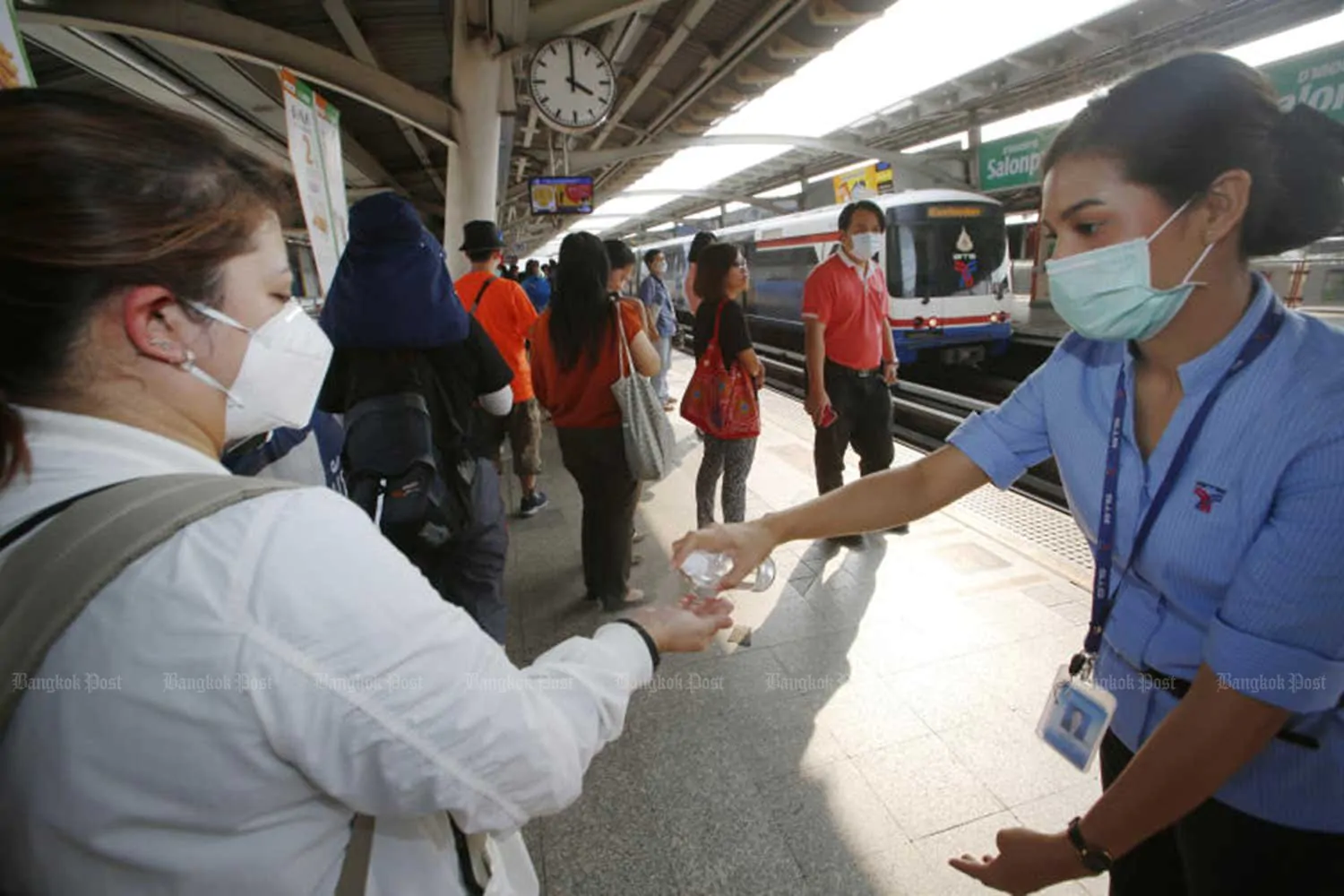In Chinese the term 复 阳 is used, literally “positive again” to indicate the phenomenon that is raising new concerns and concerns among the Chinese medical community. After being declared cured and after being suitably discharged from the hospitals where they were being treated, some patients re-experienced symptoms attributable to the new coronavirus COVID-19; undergoing the test again, they tested positive again. It is still unclear whether or not they are able to transmit the virus and infect other people.
The first case dates back to February 14. A Canadian couple from the central-eastern province of Ontario, discharged on January 29 and 31 respectively, again accused the symptoms of COVID-19 after fourteen days. The resulting nasal swabs in both cases were positive.
According to the Beijing News, reports from local Chinese authorities show that from mid-February to early March, the Departments for Disease Control and Prevention of the provinces of Guangdong, Sichuan, Hubei, Hunan, Jiangsu, Hainan and the independent municipality of Tianjin have reported all cases of "fuyang", or new positivity. Other cases have been reported in South Korea and, as already mentioned, in Canada.
COVID-19 relapse cases timeline
The 25 February Song Tie, Deputy Director of the Guangdong Provincial Center for Disease Control and Prevention, said that about 14% of discharged patients experienced relapse from Coronavirus. Li Yueping, director of the Intensive Care Unit (ICU) of the Center for Infectious Diseases of the Guangzhou Eighth People's Hospital, said he had identified 13 newly positive patients during the follow-up of those discharged. Zhang Fuchun, Deputy Secretary of the Party Committee and Head of Department of the Eighth People's Hospital of Guangzhou City, therefore suggested during a press conference that discharged patients should undergo a further period of isolation at home lasting 2-4 months. weeks.
On February 28, the Provincial Center for Disease Control and Prevention of Xuzhou City, Jiangsu Province, reported that on February 27, one of the patients previously discharged and sent home tested positive for a nucleic acid test, albeit asymptomatic.
On February 27, some researchers from Zhongnan Hospital of Wuhan University have published one study on the "fuyang" phenomenon on the JAMA magazine network (Journal of the American Medical Association): four COVID-19 patients, medical staff members aged between 30 and 36 years, who met the criteria for hospital discharge or discontinuation of home quarantine (absence of clinical symptoms and radiological abnormalities and 2 negative outcomes of the RT-PCR test) tested positive in the RT-PCR test after a time interval of 5-13 days, with mild or moderate manifestations of the disease.
March 1st The official website of the Hainan provincial government reported that Hainan's first "fuyang" patient has been discharged from hospital again. His body temperature had been stable for 5 days and both the throat swab and the fecal test had been negative twice (carried out with an interval of more than 24 hours). The province subsequently established a stricter follow-up: from the day of discharge, over a period of 12 weeks, the patient is asked to attend three revision nodes in the fourth, eighth and twelfth week.
Review isolation and monitoring protocols?
The “New Coronavirus Pneumonia Prevention and Control Plan (fifth edition)” stated that in addition to the disappearance of clinical symptoms, COVID-19 patients would have to undergo two consecutive nucleic acid tests (sampling interval of at least 1 day) and only with two negative results could they have been declared cured and discharged. The week edition of the Plan provides for an additional 14-day period of isolation and monitoring for discharged patients. The critical issue, as identified by the National Health Commission, remains in excluding and isolating the factors capable of generating false negatives.
Zhang Xiaochun, Deputy Director of the Diagnostic Imaging Department of Zhongnan Hospital of Wuhan University told the Beijing News that the two commonly used detection methods in China are anal swab and throat swab. The reason is that they are efficient and easy to use, therefore suitable for the current situation. However, these two methods present critical issues: “COVID-19 may not be in the pharynx and anus, but in other places in the body (blood, disastrous, pleural effusion and cerebrospinal fluid). Furthermore, the amount of virus in the discharged patient's body is generally small and may not be detectable during detection. There are also interfering factors such as the sensitivity of the kit and the physical differences of the patient which can generate "false negatives".". Therefore, a "multi-pronged approach”, Whose implementation, however, would require time and resources that are not available in the state of emergency.
"For the phenomenon of "fuyang", hospitals and people must pay attention to prevention and control, but must not panic and discriminate against discharged patients” finally reassured Zhang Xiaochun.



